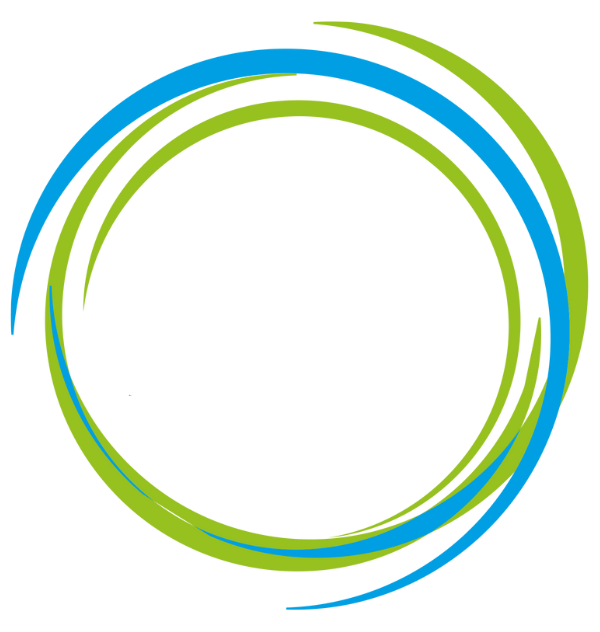There is no secret that the dry bulk market took a significant dive at the beginning of the year. Although, the first quarter historically is a low season where the dry bulk market normally experience lower rates due to Chinese new years, this time around unpredictable events hit the market hard. The Feijão dam in Brumadinho Brazil owned and operated by the mining Company Vale – the world’s biggest producer of iron ore, hit the market significantly leaving the Capesize market out to dry. As a result, cape owners began to sail on alternative routes impacting the smaller segments of Kamsarmax and Panamax. Then in March, the cyclone Veronica hit Australia resulting dry bulk vessels to abandon the area. There is no need to explain in greater detail how these events affected the market, knowing Brazil (21.6%) and Australia (49.9%) account for 71,5% of the worlds export of Iron Ore.
As for the US-Chinese trade war, this event has a lesser impact on the dry bulk market than many believe. Yes, for the trade of soybeans the tariffs have not been stimulating the dry bulk market. However, what we see is that the US export Soybeans to Brazil, and Brazil export it further over to China. So in fact it increases the time of transportation increasing tonne-mile and as a result may actually increase earnings for bulk-owners.
So what are the most important issues when going forward?
First of all, during the second half of 2019 Brazil will increase their Iron Ore exports back to normal levels. Given that the distance from Brazil to China is huge, the increase in long-haul trade will benefit the market. China have also been forced to pull a substantially amount of Iron Ore from their Iron Ore stocks. Don’t be surprised to see China’s demand of Iron Ore rise during the second half of the year. As a result, the Capesize vessels will be busy handling the increased transport of Iron Ore, giving opportunities for the smaller vessels like Kamsarmax and Panamax who might have to step in on more routes, increasing the pressure on the fleet and increase the rates.
Additionally, at the end of the year the IMO 2020 regulations will hit the market forcing shipowners to install Scrubbers on their ships or switch to Compliant fuel. Because of this, shipowners will gain more appetite for scrapping older tonnage, taking the supply side in the market down.
When we look at the market average 12 months T/C rates for Capesize have now reached $19.125. Panamax average 12 months T/C earnings was $10.665 in 2017 and $13,029 in 2018. So far this year, average earnings are $11.061. So despite all the events earlier this year, the average earnings are still higher than for the whole year of 2017 implying a more balanced market. In June, the average earnings hit $12.125 and knowing that we are now entering the seasonal high season, the Dry Bulk market actually looks very intriguing for the months to come.





